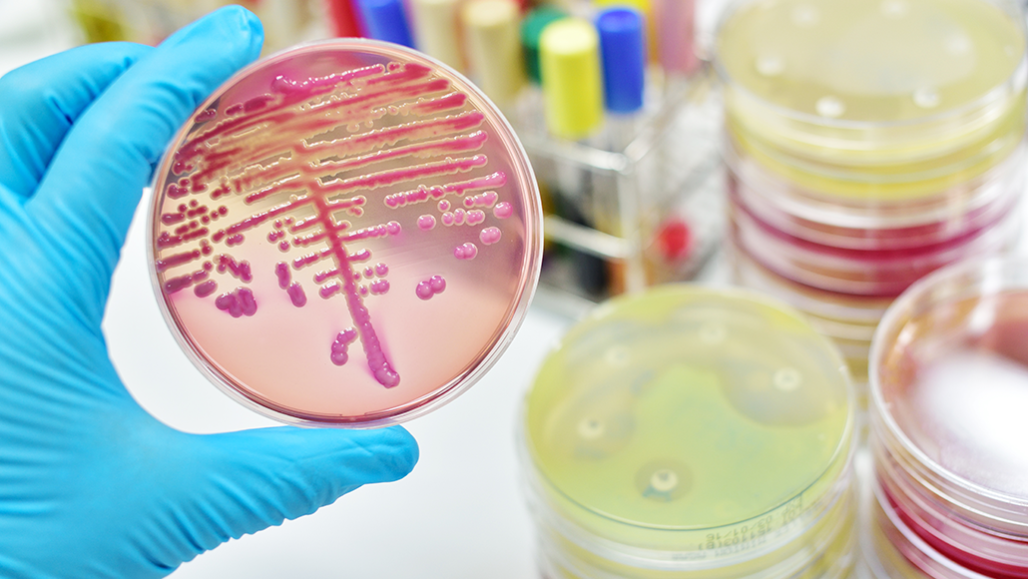archaea: (singular: archaeon) One of the three domains of life on Earth. This group consists of single-celled prokaryotes — organisms without a cell nucleus. Archaea are best known for living in extremely harsh environments, such as very salty water or highly acidic or hot places.
bacteria: (singular: bacterium) Single-celled organisms. These dwell nearly everywhere on Earth, from the bottom of the sea to inside other living organisms (such as plants and animals). Bacteria are one of the three domains of life on Earth.
behavior: The way something, often a person or other organism, acts towards others, or conducts itself.
biofilm: A gooey community of different types of microbes that essentially glues itself to some solid surface. Living in a biofilm is one way that microbes protect themselves from stressful agents (such as poisons) in their environment.
environment: The sum of all of the things that exist around some organism or the process and the condition those things create. Environment may refer to the weather and ecosystem in which some animal lives, or, perhaps, the temperature and humidity (or even the placement of things in the vicinity of an item of interest).
germ: Any one-celled microorganism, such as a bacterium or fungal species, or a virus particle. Some germs cause disease. Others can promote the health of more complex organisms, including birds and mammals. The health effects of most germs, however, remain unknown.
microbe: Short for microorganism. A living thing that is too small to see with the unaided eye, including bacteria, some fungi and many other organisms such as amoebas. Most consist of a single cell.
microbiome: The scientific term for the entirety of the microorganisms — bacteria, viruses, fungi and more — that take up permanent residence within the body of a human or other animal.
species: A group of similar organisms capable of producing offspring that can survive and reproduce.








